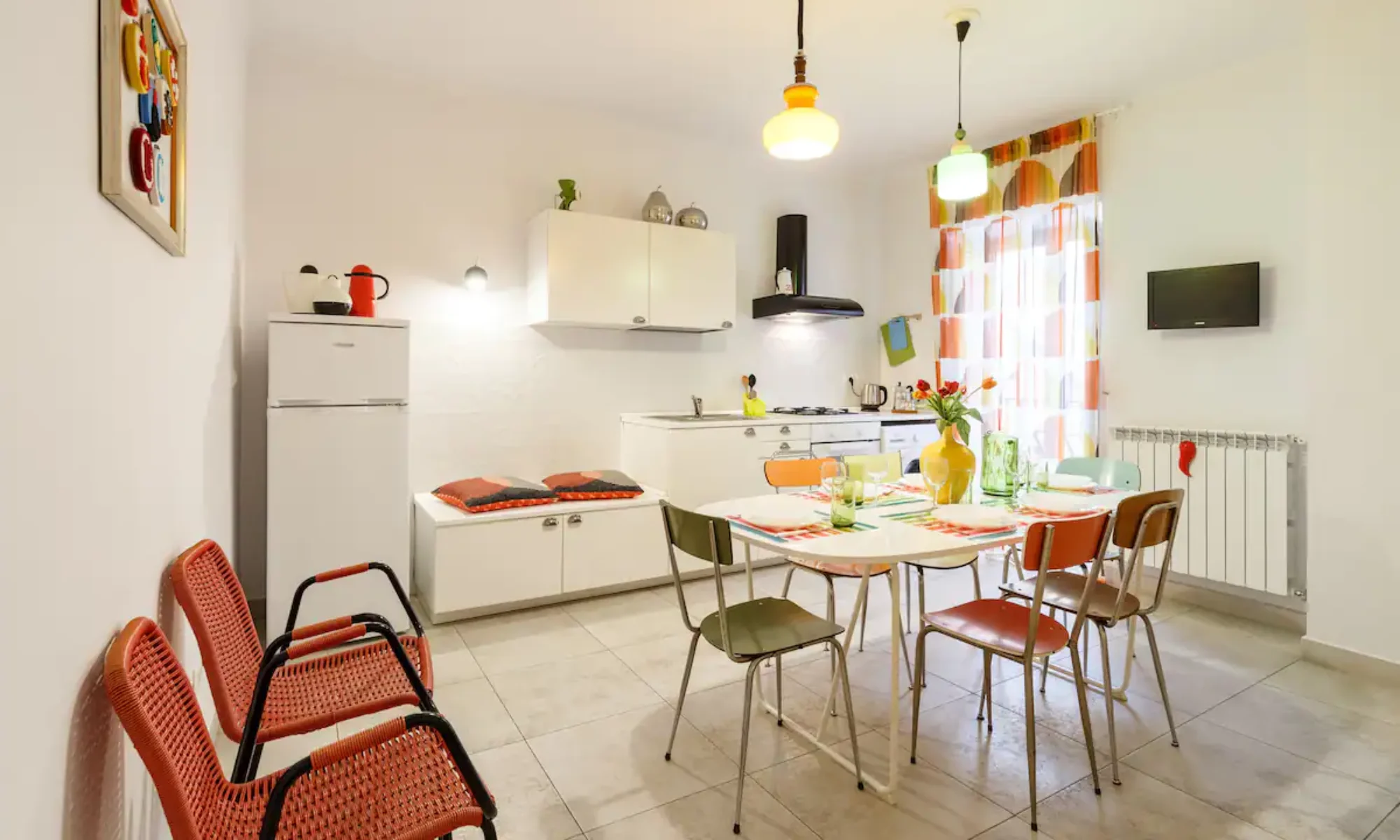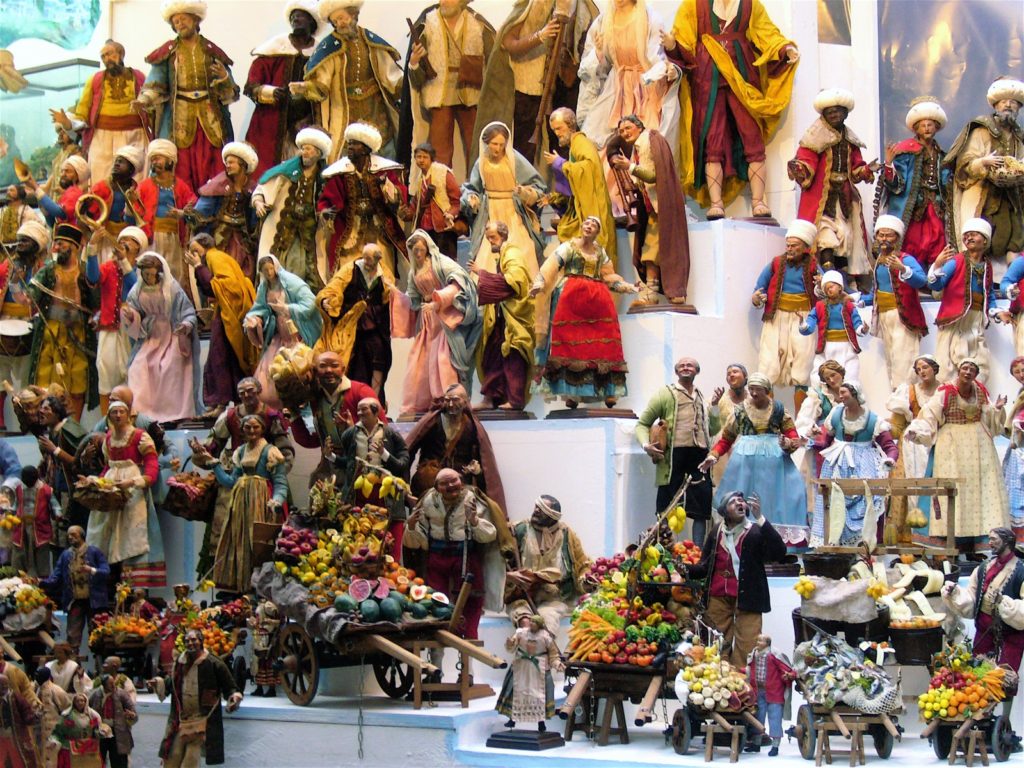In the shadow the Vesuvius tourism’s roots run deep: on the imprints of great greek columns refined aristocrats and roman emperors built their sumptuous villas and oasis all along the shoreline of the Gulf.
It is not a coincidence that at the begining of this third millennium the peculiar magic of this civilisation continues to generate new sources of amazement: the recovery of age old monuments and traditions – folklore, gastronomy, genuine cultivation – that were thought irreparably lost, events and shows worthy of the great international circuit, new fodder for artistic and scientific research.
The artistic treasure of Naples to visit are, in fact, to many to count: the historical centre, a patrimony under the tutelage of UNESCO, the palaces, churches, catacombs and underground passageways, the Archaeological Museum, the places of medieval and renaissance power amassed around the Castel Nuovo and Royal Palace, the unforgettable waterfront from Castel dell’Ovo to Posillipo. The hilly area of Vomero offers masterfully restored buildings like the Capodimonte Royal Palace and the Certosa (monastery) of San Martino, museum collections amongst the most important in the world.
A trip through the twentieth century city takes you, among the notable urban and architectural sights, to the rationalist Mostra d’Oltremare, with its park, sports complex and exhibition space. Science is also witness to the recovery of industrial archaeological complexes and the originality of a scientific tradition that renews itself. Unusual and surprising is the exploration of the new homes of contemporary art: monumental structures like the PAN, Palazzo delle Arti Napoli, the MADRE, Museo d’Arte Contemporanea Donnaregina (Donnaregina Contemporary Arts Museum), and the unique artistry of the metro stations that evidence the original horizons of farseeing cultural politics.
Naples, in the final sum, remains, deep in its roots, even with all the difficulties and contradictions inherent to all big metropolitan cities, an extraordinary place to live, admire, and enjoy with all the senses: for the depth of the art and civilisation that has idelibly marked its history; for the mild climate that accompanies day and night the shows, musical and theatrical events, exhibitions, fairs and religious gatherings; for the gourmand possibilites to search out the age old culinary tradition, the seafood and the unique typical products (buffalo mozzarella, pizza, Docg wine, varied and refined pastries) in all their local translations, or for finding fine hidden little.







